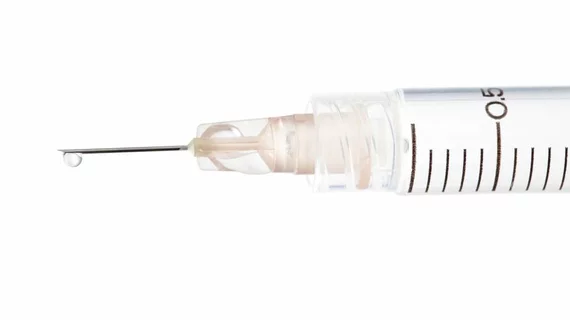Gadobutrol, sold by Bayer under the brand name Gadavist, became the first FDA-approved contrast agent for use in cardiac magnetic resonance (MR) imaging on July 15.
Cardiac MR is now the fourth approved indication for Gadavist and is meant to assess myocardial perfusion and late gadolinium enhancement in adult patients with known or suspected coronary artery disease (CAD). The drug was first cleared in the U.S. in 2011, but its latest approval was based on two multinational, non-randomized, blinded-read Phase 3 studies that comprised nearly 1,000 adults with suspected or known CAD.
The safety profile of gadobutrol, a gadolinium-based extracellular contrast agent with a macrocyclic structure, was established in previous clinical trials.
“This latest FDA approval represents another first from Bayer, as Gadavist is the first and only contrast agent approved for cardiac MR,” Dennis Durmis, SVP at Bayer Radiology, said in a statement. “Not only does this approval add to our existing indications for Gadavist, expanding scientific knowledge, but also underscores our dedication to research and provides radiologists and cardiologists with another diagnostic option as they manage their patients with known or suspected CAD.”
In addition to its newest indication, Gadavist injections are approved for use with MRI to detect and visualize areas with abnormal vascularity of the central nervous system, assess the presence and extent of malignant breast disease in adults and evaluate known or suspected supra-aortic or renal artery disease in adults and children.

